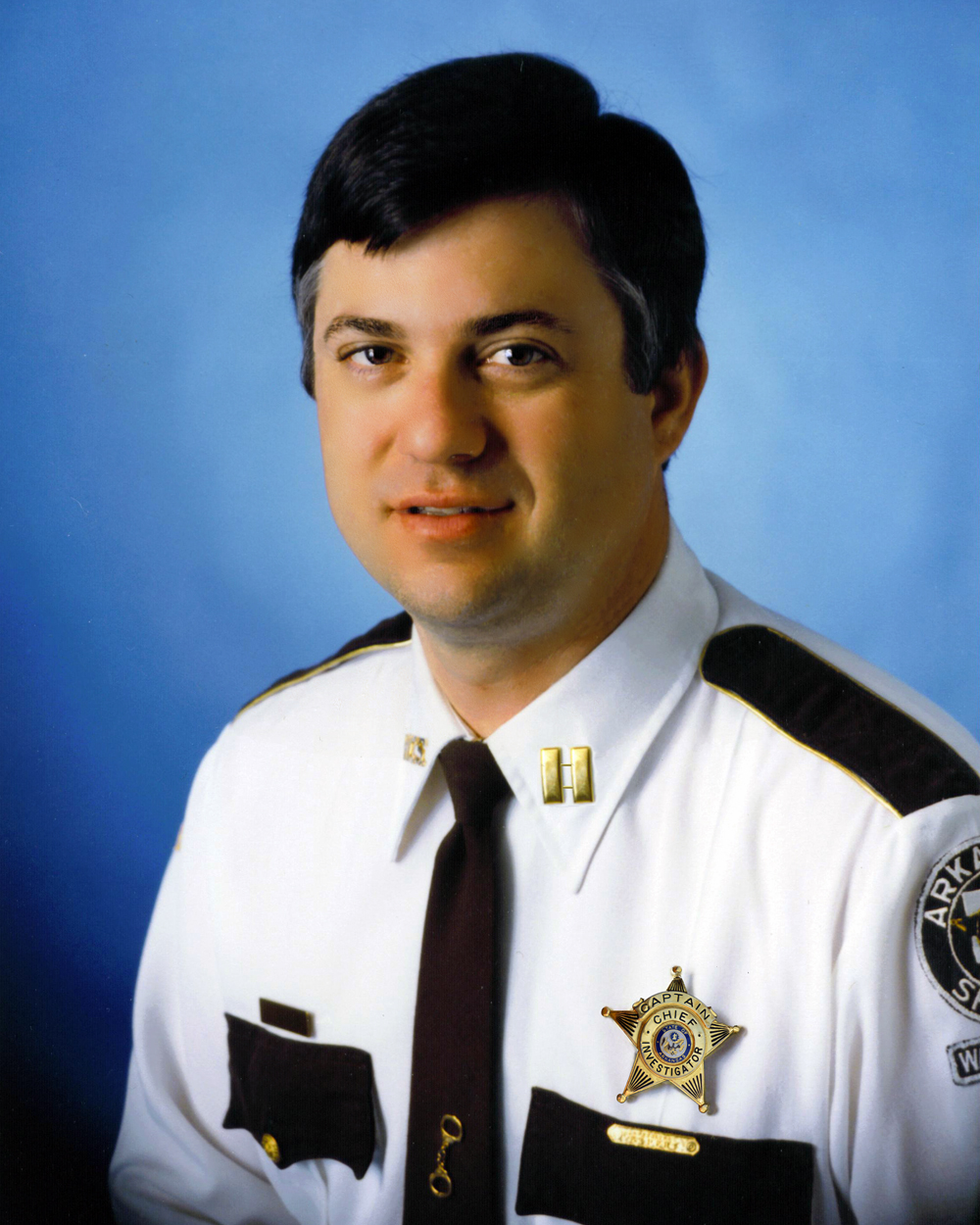|
<return to previous page>
The General Armory of
England, Scotland, Ireland, and Wales
Bernard Burke 1884 |
| |
|
 |
The Gaelic Gentry
Irish used a coat of arms to identify their Septs or
Clans. Any member of the Sept could display or
use the Coat of Arms. Unlike the English the Irish
never setup a governmental office to regulate the use of
a Coat of Arms. The Irish pretty much lived by the
oldest law of the land, "might makes right". If
you had the might you could do what every you please
something the Irish shared with the rest of the
Christian world. their Septs or
Clans. Any member of the Sept could display or
use the Coat of Arms. Unlike the English the Irish
never setup a governmental office to regulate the use of
a Coat of Arms. The Irish pretty much lived by the
oldest law of the land, "might makes right". If
you had the might you could do what every you please
something the Irish shared with the rest of the
Christian world.
It has been claimed mostly by the descendant of
William Boy O'Kelly that the earliest known use of the
O'Kelly Coat of Arms was by the descendants of
Teige O'Kelly who died good
Friday 1014 at the Battle of Clontarf. I don't
think anyone has any proof but it is widely accepted as
truth just as it is widely accepted that all known lines
of O'Kellys descended from Teige. Based in the
Burke's book publish in the 19th century it would seem
that in the mid 1700s, the Irish Gentry began to
accept their fate, that they would never become powerful
enough to expel the English so some began to embrace
some of the English ways. There are records of
Gentry Irish who converted to the Protestant Religion,
took an English spelled name, and some choose to register
the O'Kelly Coat of Arms with the Ulster Kings of Arms.
This was basically an English office setup in Ireland
to register native Gentry Irish. There was a
effort put forth to do this, members of the Ulster King
of Arms "visited" the many areas of Ireland seeking to
add the Irish Gentry to their records and it was during
this time that some lines of O'Kellys began to register.
The first to register appears to be the line of Aughrane
which is the line of
Col Charles O'Kelly the 9th Lord of Screen.
His line died out before the time of registration so it is
likely one of his grand nephews was the first. We
see in the crest description for the Aughrane line that
the Enfield is Statant meaning in a profile with all
fours on the ground. After the unidentified
Aughrane application we find the same line being the
O'Kellys of Clonlyon who were allowed in 1755 the
earliest date. Captain Dennis O'Kelly of Clonlyon
is given as the person making application. It
should be noted that this line was friendly towards the
English very early and thus might be the reason they
choose to register their Coat of Arms with an office
setup by the English. This line went extinct with
the death of
Denis Henry O'Kelly who before his death sold Castle
Kelly and the land adjoined to it. Castle Kelly
and its land eventually became the property of the state
and it was torn down in the early 1900s.
There is however a claim that appears on the 1684 stone
slab for Brian O'Kelly
which brings the claim that the commonly accepted
O'Kelly Coat of Arms was first registered by descendants
of
William Boy O'Kelly as it claims that a
Ferdinand O'Kelly
registered his
Coat of Arms with the English King of Arms St George
in 1608. While not identical, Ferdinand's Coat of
Arms has more in common with the modern O'Kelly of Hy-Many
Arms than the oldest example of the
O'Kelly of Hy-many arms that appears on the 1615 tomb of
Colla O'Kelly.
In Burkes the next appears James O'Kelly Esq of Aughrim and I
believe an error occurred when setting the type for
printing as it gives James as descending from "Feigh
O'Kelly the Chief of his Sept at the invasion of 1172".
Feigh does not appear in any documents around 1172 so I
believe the actual text may have read "Teige O'Kelly,
Chief of his Sept at the invasion of 1172". The
early spelling of Teige was Tadhg so it could be easy to
make a mistake. We are informed that James was
allowed in 1803 more than 100 years after he was killed
so it seems likely his great great grandson,
William Kelly of Buckfield made the application.
I believe this to be true because only his line is
brought down in the
Pedigree of Kelly well into the 1800s.
The O'Kelly of Gallagh was allowed in 1782 upon
application by yet another Denis O'Kelly.
The O'Kelly of Tycooly Co Galway was allowed to Dillon
John O'Kelly in 1767.
The second earliest application that was allowed in 1757
or two years after Captain Denis O'Kelly was given to
Major-General William O'Kelly. His line of descent
is only given as County Galway so this is a bit of a
mystery.
The O'Kelley of Killahan and Gort, Co Roscommon was
allowed during the time of Charles II but we are not
given the exact date. This line is given to have
descended from Matthew O'Kelly.
The last and final line to appear is the O'Kellys of
Barretstown Co Kildare Ireland. They have a
slightly different Coat of Arms as their seem to exclude
the chains and the reference is to a single tower.
|
| |
| |
| |
| |
|
| |
| |
| |
|
| |
|
|
